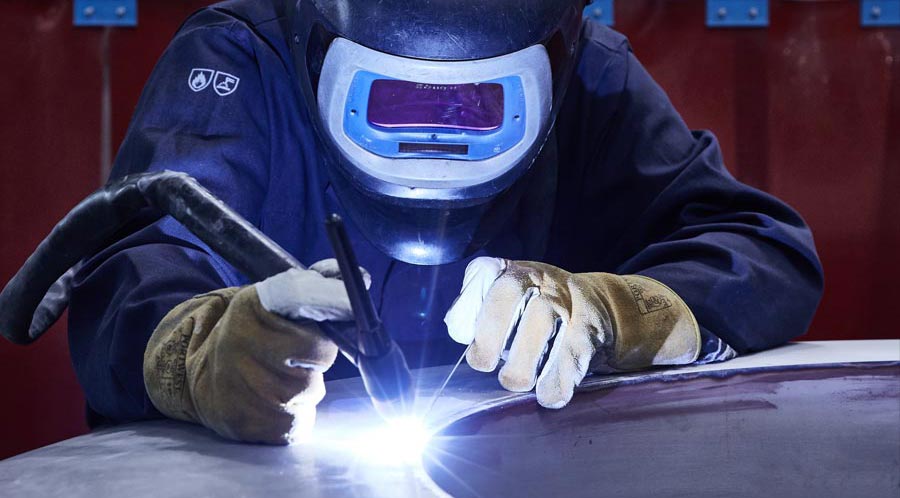What is TIG Welding?

Tungsten Inert Gas Welding offers a good balance of versatility and precision in metal fabrication processes. It makes one of the best quality welding finishes on a range of metals, with clean and strong results. TIG welding is one of the key processes we use at LTI Metaltech as part of our fabrication services.
In this post, we’ll be looking at what sets this method apart from others and exploring its unique advantages.
How TIG Welding Works
Electric Arc
An electric arc is created by the tungsten electrode, which isn’t consumed during TIG welding. This arc stretches between the electrode and the metal, bringing the heat required to heat the metal to the right melting point for welding.
Inert Gas Shielding
Most commonly argon or helium, an inert gas is used to protect the area being welded from any contaminants in the atmosphere that could interfere with getting a clean result. With this gas flowing like a shield around the electrode and the metal being welded, the area is protected from oxidisation. It also prevents contaminants and particles from accessing the area and compromising the weld quality.
Filler Material
In some applications, filler rods are used when adding additional matter to the weld’s joint. The welder will feed the filler rod by hand into the weld pool of melted metal, adding to the strength and consistency of the weld.
Materials used in TIG Welding
TIG welding can be used with many types of metal. Here at LTI, we most commonly use this form of welding on the stainless steel and aluminium we use in fabrication for aerospace, automotive and food processing industries. With the correct equipment, TIG welding can attach any thickness of aluminium of stainless steel in a huge variety of positions. This method is known for its durable and corrosion resistant results.
TIG vs MIG Welding – The Difference
MIG and TIG welding each have unique advantages for different applications and requirements. MIG welding works by using a consumable wire electrode fed through the welding gun, with the wire performing the function of both the electrode and filler. Like TIG, it uses an inert gas to shield the weld from particles and contamination. It tends to be used for thicker metals, and larger scale projects. MIG tends to be preferred for construction and industrial applications.
If you want a cleaner finish, TIG is the best choice, as MIG generates spatter, requiring clean-up. TIG requires more experience and skill, and is slower than MIG, but gives neater results. MIG is generally preferred for higher speed production.
TIG welding is a vital part of our fabrication processes, provided by highly skilled and experienced welders. To learn more about TIG welding and other methods used in our fabrication services, click here.
